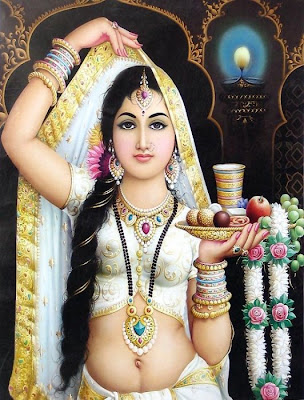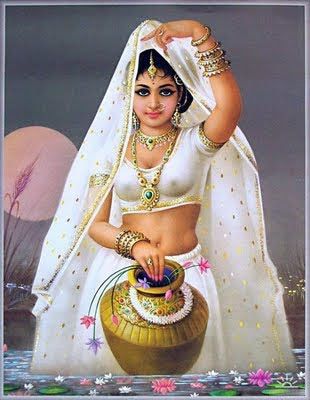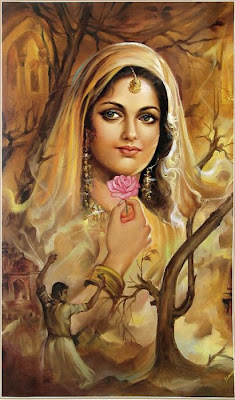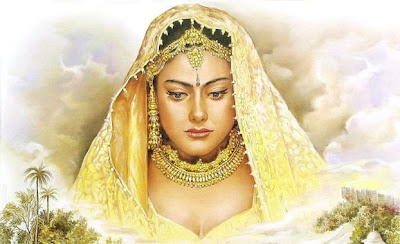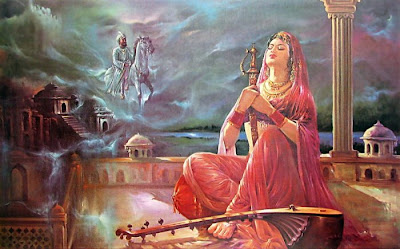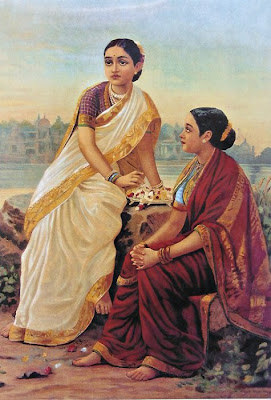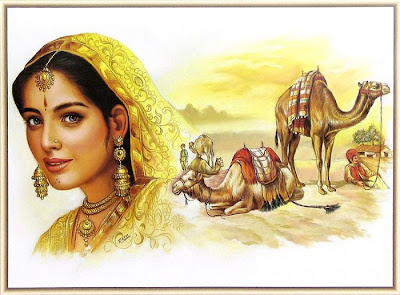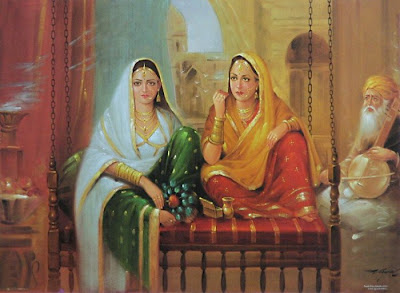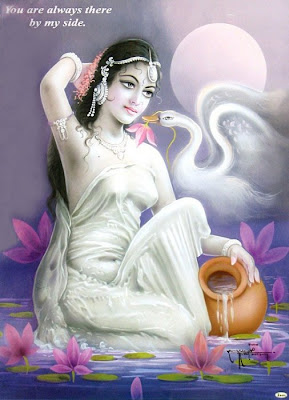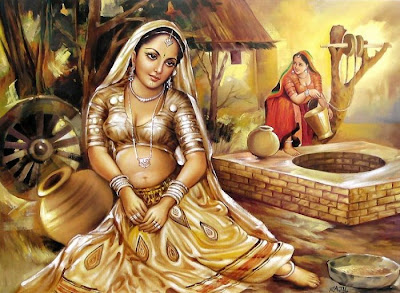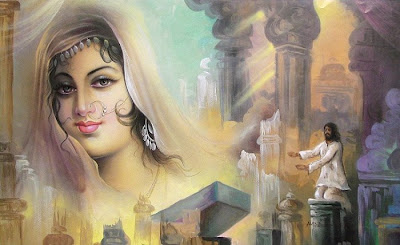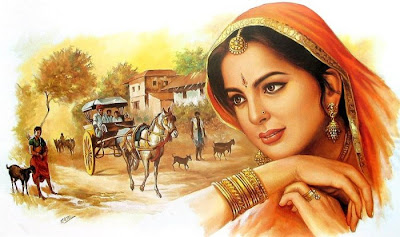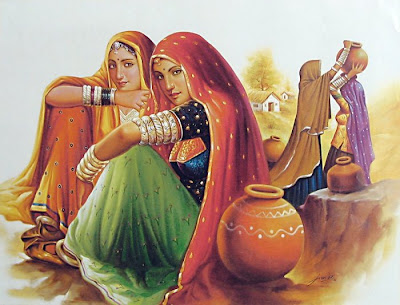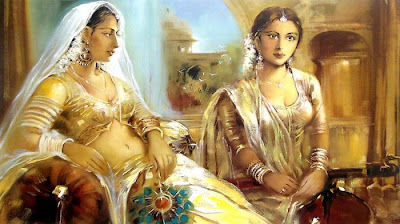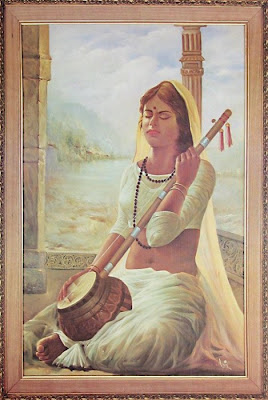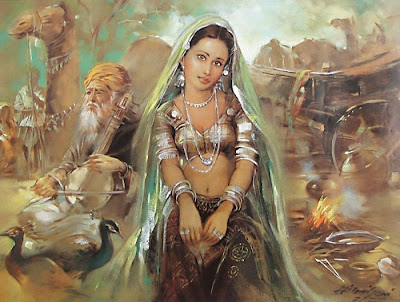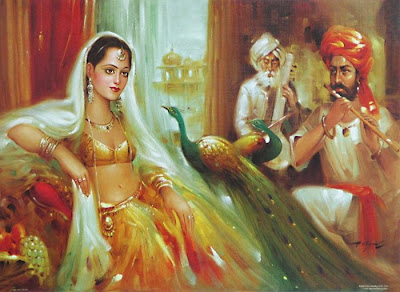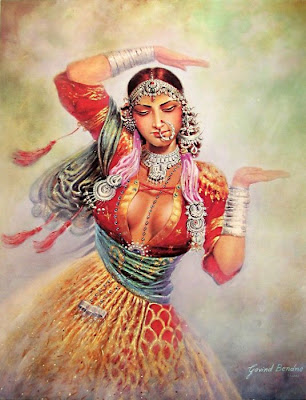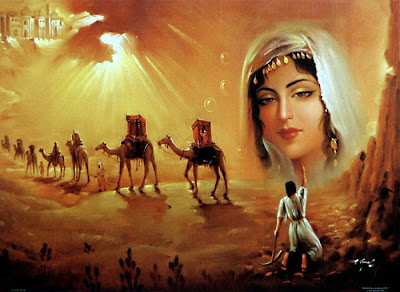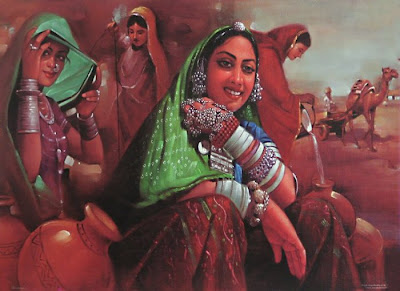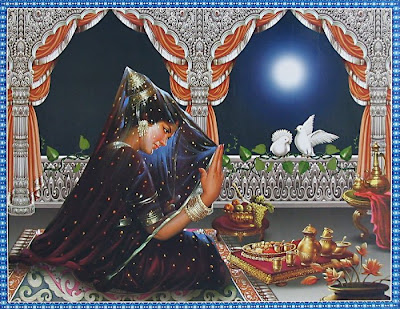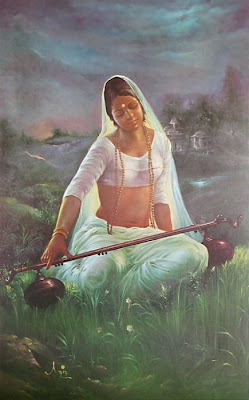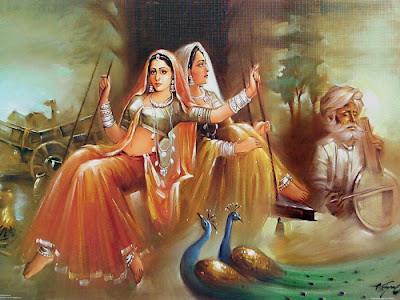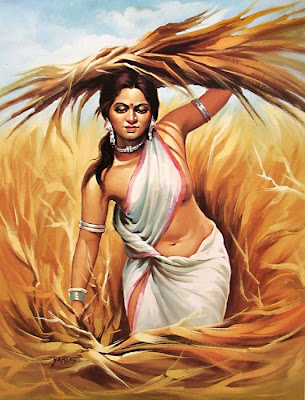Alexander III the Great, the King of Macedonia and conqueror of the Persian Empire is considered one of the greatest military geniuses of all times. He was inspiration for later conquerors such as Hannibal the Carthaginian, the Romans Pompey and Caesar, and Napoleon. Alexander was born in 356 BC in Pella, the ancient capital of Macedonia. He was son of Philip II, King of Macedonia, and Olympias, the princess of neighboring Epirus. He spent his childhood watching his father transforming Macedonia into a great military power, winning victory after victory on the battlefields throughout the Balkans. When he was 13, Philip hired
Statue of Alexander in Istanbul Archaeology Museum.
 the Greek philosopher Aristotle to be Alexander’s personal tutor. During the next three years Aristotle gave Alexander a training in rhetoric and literature and stimulated his interest in science, medicine, and philosophy, all of which became of importance in Alexander’s later life. In 340, when Philip assembled a large Macedonian army and invaded Thrace, he left his 16 years old son with the power to rule Macedonia in his absence as regent, which shows that even at such young age Alexander was recognized as quite capable. But as the Macedonian army advanced deep into Thrace, the Thracian tribe of Maedi bordering north-eastern Macedonia rebelled and posed a danger to the country. Alexander assembled an army, led it against the rebels, and with swift action defeated the Maedi, captured their stronghold, and renamed it after himself to Alexandropolis.
the Greek philosopher Aristotle to be Alexander’s personal tutor. During the next three years Aristotle gave Alexander a training in rhetoric and literature and stimulated his interest in science, medicine, and philosophy, all of which became of importance in Alexander’s later life. In 340, when Philip assembled a large Macedonian army and invaded Thrace, he left his 16 years old son with the power to rule Macedonia in his absence as regent, which shows that even at such young age Alexander was recognized as quite capable. But as the Macedonian army advanced deep into Thrace, the Thracian tribe of Maedi bordering north-eastern Macedonia rebelled and posed a danger to the country. Alexander assembled an army, led it against the rebels, and with swift action defeated the Maedi, captured their stronghold, and renamed it after himself to Alexandropolis. Two years later in 338 BC, Philip gave his son a commanding post among the senior generals as the Macedonian army invaded Greece. At the Battle of Chaeronea the Greeks were defeated and Alexander displayed his bravery by destroying the elite Greek force, the Theban Secret Band. Some ancient historians recorded that the Macedonians won the battle thanks to his bravery.
 In the spring of 327 BC, Alexander and his army marched into India invading Punjab. The greatest of Alexander's battles in India was at the river Hydaspes, against king Porus, one of the most powerful Indian rulers. In the summer of 326 BC, Alexander's army crossed the heavily defended river during a violent thunderstorm to meet Porus' forces. The Indians were defeated in a fierce battle, even though they fought with elephants, which the Macedonians had never seen before. Porus was captured and like the other local rulers he had defeated, Alexander allowed him to continue to govern his territory.
In the spring of 327 BC, Alexander and his army marched into India invading Punjab. The greatest of Alexander's battles in India was at the river Hydaspes, against king Porus, one of the most powerful Indian rulers. In the summer of 326 BC, Alexander's army crossed the heavily defended river during a violent thunderstorm to meet Porus' forces. The Indians were defeated in a fierce battle, even though they fought with elephants, which the Macedonians had never seen before. Porus was captured and like the other local rulers he had defeated, Alexander allowed him to continue to govern his territory.  In this battle Alexander's horse Bucephalus was wounded and died. Alexander had ridden Bucephalus into every one of his battles in Europe and Asia, so when it died he was grief-stricken. He founded a city which he named Buckephalia, in his horse's name.
In this battle Alexander's horse Bucephalus was wounded and died. Alexander had ridden Bucephalus into every one of his battles in Europe and Asia, so when it died he was grief-stricken. He founded a city which he named Buckephalia, in his horse's name.
 One of the villages in which the army stopped belonged to the Malli, who were said to be one of the most warlike of the Indian tribes. Alexander was severally wounded in this attack when an arrow pierced his breastplate and his ribcage. The Macedonians rescued him in a narrow escape from the village. Still the Malli surrendered as Alexander became to recover from the grave wound. The travel down the river resumed and the Macedonian army reached the mouth of the Indus in the summer of 325 BC. Then it turned westward to Persia.
One of the villages in which the army stopped belonged to the Malli, who were said to be one of the most warlike of the Indian tribes. Alexander was severally wounded in this attack when an arrow pierced his breastplate and his ribcage. The Macedonians rescued him in a narrow escape from the village. Still the Malli surrendered as Alexander became to recover from the grave wound. The travel down the river resumed and the Macedonian army reached the mouth of the Indus in the summer of 325 BC. Then it turned westward to Persia.
The March on India
The army continued advancing as far as the river Hydaspes but at this point the Macedonians refused to go farther as reports were coming of far more larger and dangerous armies ahead equipped with many elephants and chariots. General Coenus spoke on army's behalf to the king. Reluctantly, Alexander agreed to stop here. Not too long afterwards Coenus died and the army buried him with the highest honors.
It was agreed that the army travel down south the rivers Hydaspes and Indus so that they might reach the Ocean on the southern edge of the world and from there head westward toward Persia. 1,000 ships were constructed and while the navy sailed the rivers, the army rode down along the rivers banks, stopping to attack and subdue the Indian villages along the way.
But the return was a disaster. The army was marching through the notorious Gerdosian desert during the middle of the summer. By the time Alexander reached Susa thousands had died of heat and exhaustion.
Roman copy of a statue by Lysippus, Louvre Museum. According to Plutarch, sculptures by Lysippus were the most faithful.

